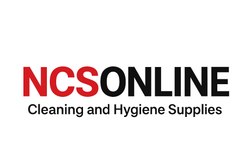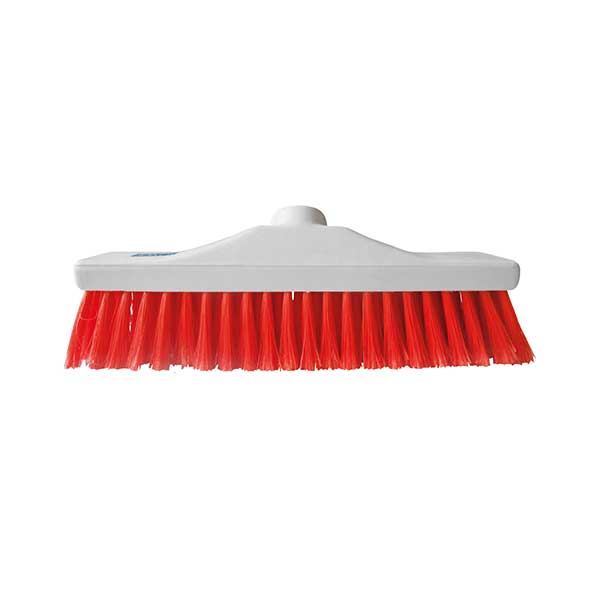To colour code your cleaning equipment is a simple, effective and clear way to prevent cross contamination. Or it should be. The problem is, with the exception of the healthcare industry, no national or international compulsory standards exist in the cleaning industry.
To help overcome this problem, BICSc (British Institute of Cleaning Science) has put together some basic guidelines which we are pleased to share.
Colour coded cleaning- what’s it all about?
The visible effects of cleaning are obvious. Sparkling washrooms, clean kitchens and smart reception areas. But, unless you have a system to control the invisible contaminants such as germs, bacteria and other biological agents, your cleaning regime may well be doing more harm than good.
Colour coding is a simple way to reduce risk, by using different coloured equipment for different areas. It means you cut the risk of cross contamination from one area to another.
If you employ a cleaning company, they may have a bespoke colour coding system, and if this works to stop cross-contamination, that’s fine. If your company has not already introduced its own colour coding system, we recommend you adopt these BICSc guidelines and encourage your cleaning operatives to work with them.
The BICSc colour code guidelines
Colour coding systems generally make use of the basic colours, red, blue, green and yellow. Generally, these colours are sufficient to cover the most probable hazards, whilst creating an easily understood system. You can add white as a site-specific alternative and you can further extend the colour range with the use of striped cloths. Here is the official BISCs Colour code chart:

How to implement the BICSc colour code guidelines
The guidelines will need to be embedded within your cleaning regime and BICSc have produced some useful tips on how to ensure that you do this effectively:
THE GOLDEN RULE: ALWAYS WORK FROM THE CLEANEST AREA TOWARD THE DIRTIEST AREA. THIS GREATLY REDUCES THE RISK OF CROSS CONTAMINATION.
- The aim of a colour coding system is to prevent cross contamination from one cleaning area or surface to another.
- It is vital that a system forms part of any employee induction or continuous training programme.
- It is imperative that staff easily understand the colour coding system and it is simple and effective to use.
- The novice cleaning operative may require regular toolbox talks or a training programme on the fundamental issues for concern. The established cleaning operative, whilst experienced, may have entrenched habits that require help and support in order to eradicate any bad practice.
- A sizeable minority of people are colour blind in one or more colours. Some individuals may not know this, and colour identification testing should form part of any induction training. Sometimes, a number system is linked to colours to overcome this.
- Monitoring of the system, and control of colour coded disposable items against new stock release, is extremely important. This is especially the case when working with a diverse workforce, where literacy and language barriers may exist.
What equipment should be colour coded?
The key cleaning essentials to keep colour coded are:
- Buckets and mop buckets
- Mops – mop heads and handles can both be colour coded
- Brooms and brushes – again, both heads and handles
- Cleaning cloths – see our selection of eco-friendly microfibre cleaning cloths
- Dustpans and brushes
These are the main pieces of cleaning equipment, but you can colour code anything from scrubbing brushes to rubber gloves– it all helps to keep the spread of germs down.
Do I have to use colour coding?
There is no legal requirement to use a colour coding system. However, COSHH (Control of Substances Hazardous to Health) Legislation covers biological agents – which means harmful micro-organisms. COSHH holds you responsible for risk assessment and prevention or control of exposure to them in the work place. Colour coding your cleaning equipment is one of the ways in which you can do this.

